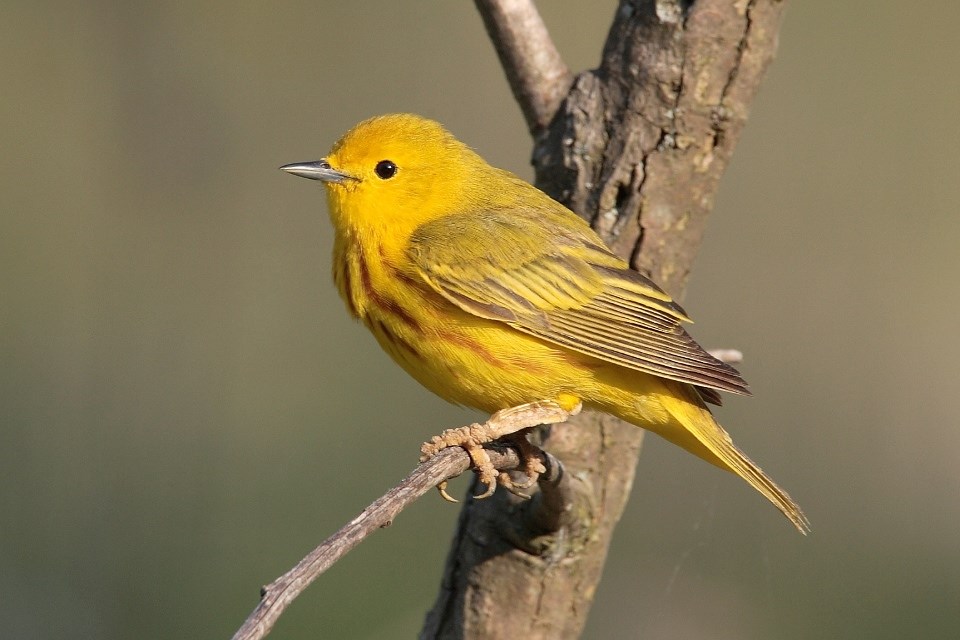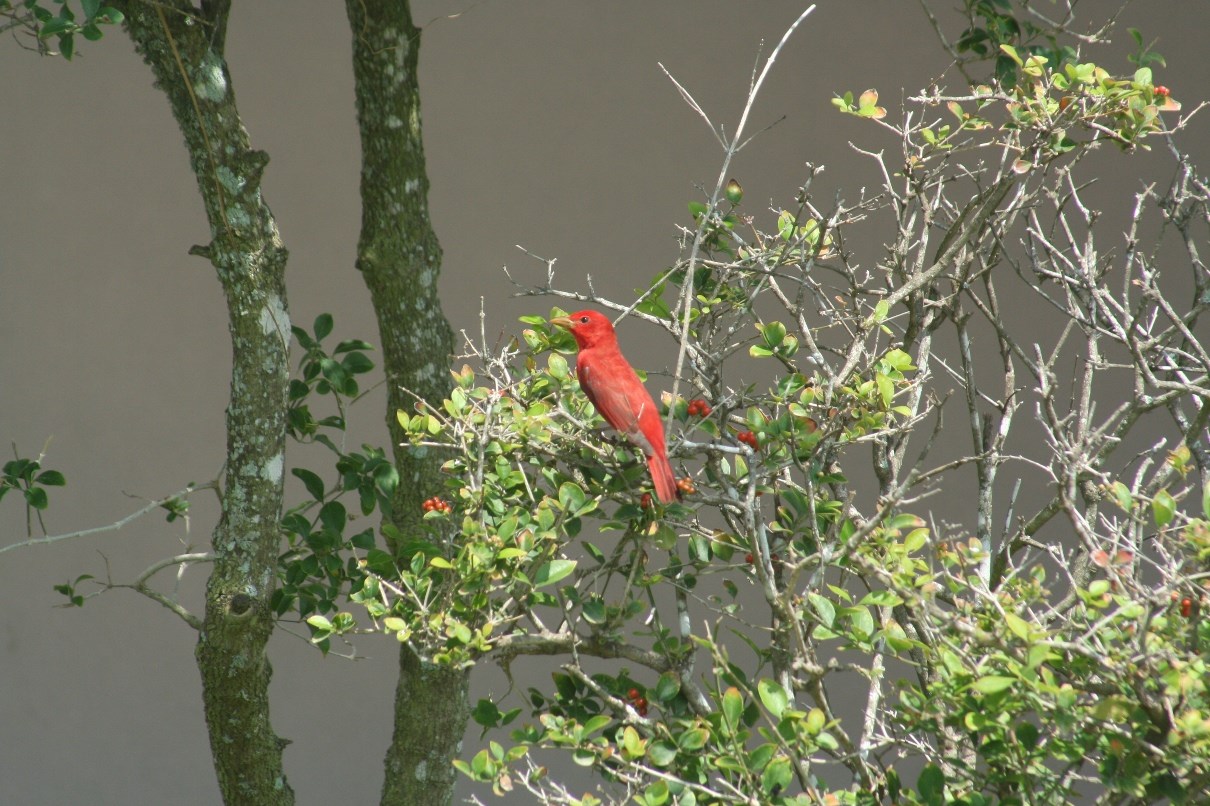Last updated: April 22, 2020
Article
Bird Monitoring at Palo Alto Battlefield

NPS photo
Birding Hotspot
Palo Alto Battlefield is located in area of Texas known for its bird diversity. The park is home to several unique habitats including open prairies, dense thickets of mesquite, thorny undergrowth, and a series of resacas. These unique features provide birds a wealth of habitat types and food sources. Despite being a small park, Palo Alto Battlefield supports resident bird species and provides habitat for migratory species.
Many of the breeding bird species present at Palo Alto are common to other areas of the U.S. and Mexico. However, the park is also home to several unique breeding species whose home ranges only extend into the U.S. near the U.S./Mexico border. Examples of these species include the Texas Botteri's sparrow, the plain chachalaca, and the great kiskadee.
The park is also home to three bird species listed as threatened by the Texas Parks and Wildlife Department (TPWD). They are the white ibis, the Texas Botteri's sparrow, and the white-tailed hawk. In addition, the northern aplomado falcon, which is both state and federally listed as endangered, also calls the park home.

NPS photo
Partnerships
The park has recognized the broad interest in birds and birding. In 2011 Palo Alto Battlefield partnered with the Cornell Laboratory of Ornithology and became the first unit of the National Park Service to install an eBird kiosk. The kiosk is an interactive way for the public to learn about the birds at the park and log bird observations directly into the eBird database.
In 2011, the Gulf Coast Inventory & Monitoring Network began a point-count based monitoring program. The goal was to monitor both breeding and wintering bird populations. The long-term objective of this program is to document changes in density estimates and species abundance over time. Although the park’s monitoring efforts have detected many bird species, there are not enough years of data to determine any trends.
